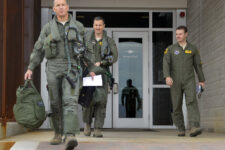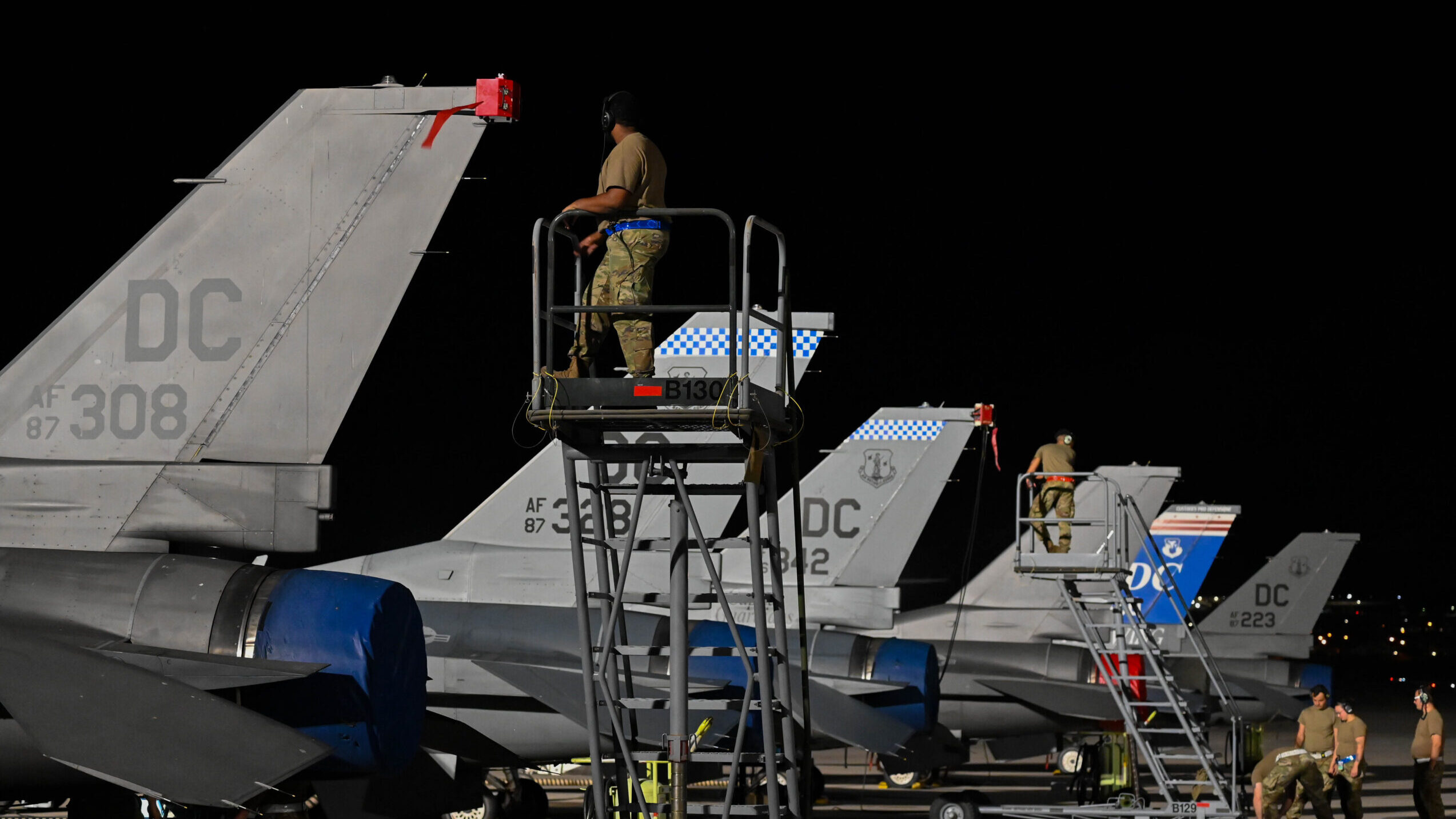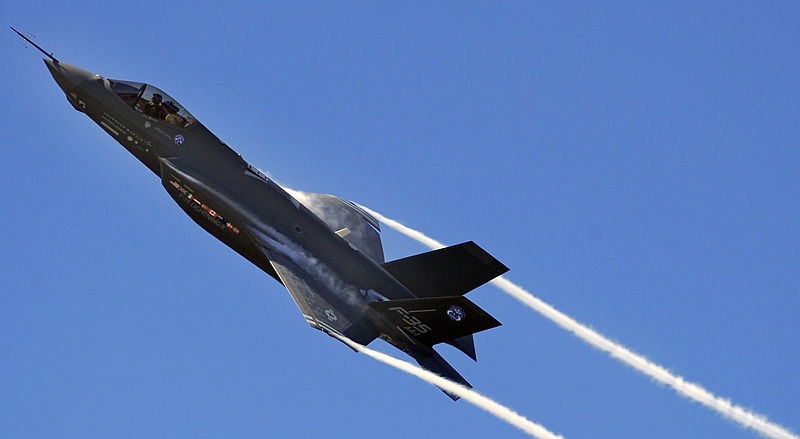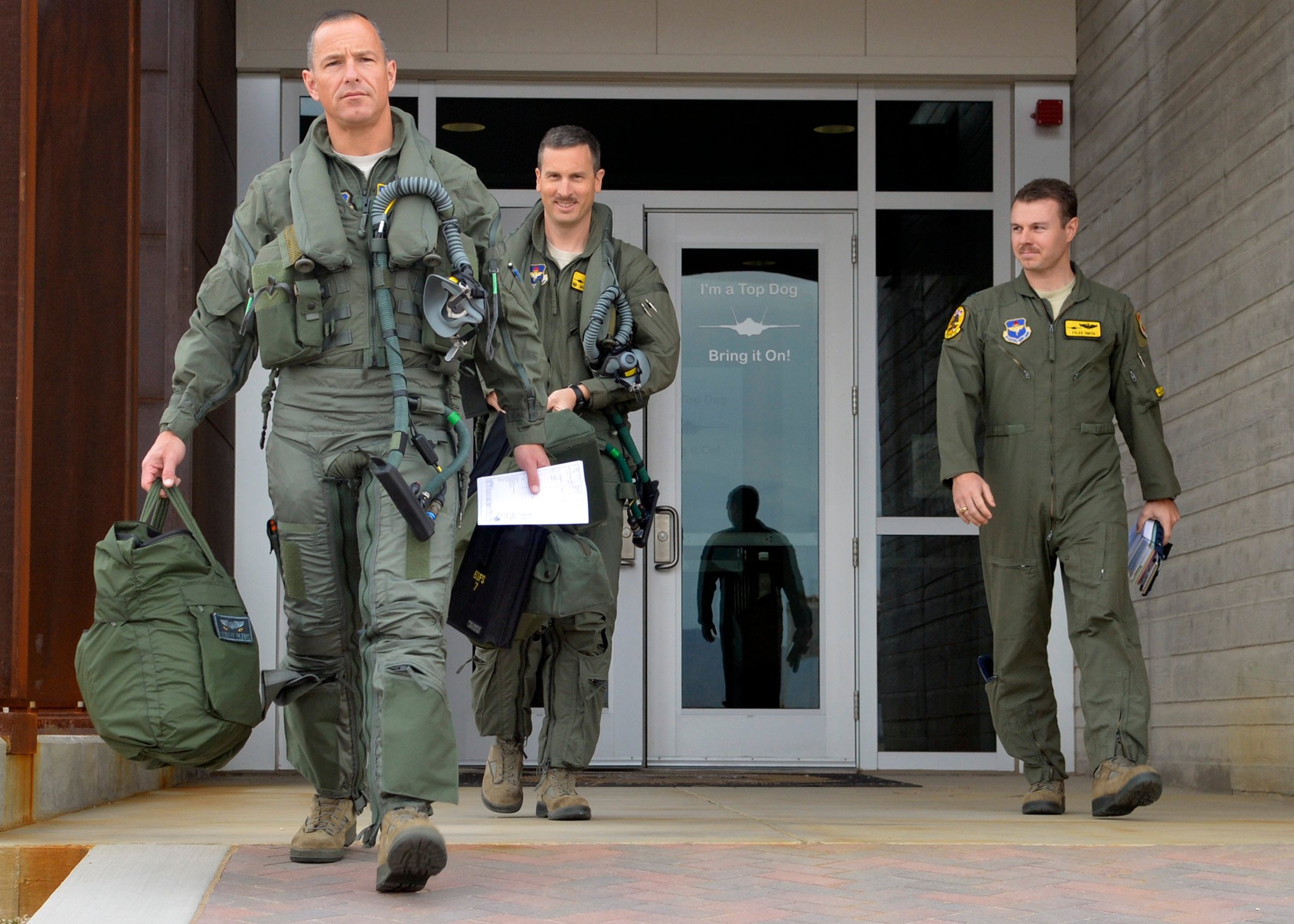

“Our mindset has to be that we use the spectrum to kill faster, not to protect things,” said Col. Joshua Koslov. “The more things we kill, the less things that can hurt us.”
By Sydney J. Freedberg Jr.
Russian and Chinese jammers could cripple US radio, radar, and GPS. The Pentagon’s still wrestling with who should fix that, let alone how.
By Sydney J. Freedberg Jr.
PARIS AIR SHOW: After years of criticism that the F-35 would not fare well in a dogfight and analysis that the program had made a fundamental mistake relying on the plane’s ability to kill enemies beyond visual range, Air Force F-35As will fly a demonstration here this afternoon meant to put those doubts to rest.…
By Colin Clark
PENTAGON: The F-35 Joint Strike Fighter possesses a remarkable array of sensors and processors to let it find the enemy and help the pilot kill or evade him. But the crucial threat library — known as Mission Data Files — just isn’t being developed and updated quickly enough, Brig. Gen. Scott Pleus, head of the F-35…
By Colin Clark
PENTAGON: The F-35‘s highly sensitive sensors suffer a basic problem right now: They often aren’t sure what they are detecting. That results in a high rate of false alarms. The key to fixing this lies in building highly complex data files — what we can colloquially call the threat library — and integrating them with the Joint Strike…
By Colin Clark
























